A fine pitch LED display is a type of digital display that uses light-emitting diodes (LEDs) to create high-resolution images and videos. The term “fine pitch” refers to the spacing between the individual LED pixels on the display, which is typically less than 2 millimeters (mm).
- Why Choose Fine Pitch LED Display
- How to Choose a Suitable Fine Pitch LED Display
- What is the Maintenance Cost of Fine Pitch LED Display
Why Choose Fine Pitch LED Display
Compared to traditional LED displays, which have larger pixel pitches, fine pitch LED displays offer much higher resolution, sharper images, and improved color accuracy. This makes them ideal for a wide range of applications, including indoor and outdoor advertising, digital signage, sports stadiums, control rooms, and other venues where large, high-resolution displays are needed.
Fine pitch LED displays use surface-mounted LEDs that are tightly packed together on a circuit board to create a seamless, high-resolution image. These displays can be configured in a variety of shapes and sizes and can be customized to fit specific applications and requirements. Some fine pitch LED displays are also designed for high brightness, making them suitable for use in bright ambient lighting conditions.
There are several reasons why someone might choose a fine pitch LED display over other types of displays. Here are a few:
- High resolution: Fine pitch LED displays offer high resolution, meaning they can display very detailed images and text. This makes them ideal for applications where image quality is important, such as advertising, video conferencing, and control rooms.
- Brightness: LED displays are inherently bright, but fine pitch LED displays are often designed for even greater brightness. This can make them a good choice for outdoor applications or venues with high ambient lighting.
- Durability: LED displays are typically very durable and have a long lifespan. Fine pitch LED displays are no exception and are often designed to withstand harsh environmental conditions.
- Versatility: Fine pitch LED displays can be used in a wide variety of settings, from advertising to sports stadiums to control rooms. They can be configured in a range of sizes and shapes and can display video, text, graphics, and more.
- Energy efficiency: LED displays are typically more energy-efficient than other types of displays, such as plasma or LCD screens. This can make them a more environmentally friendly and cost-effective choice in the long run. Overall, the high resolution, brightness, durability, versatility, and energy efficiency of fine pitch LED displays make them a compelling choice for a wide range of applications.
How to Choose a Suitable Fine Pitch LED Display
When choosing a fine pitch LED display, there are several factors you should consider to ensure you select a suitable option. Here are some of the key considerations:
- Pixel Pitch: The pixel pitch is the distance between each pixel on the LED display. Fine pitch LED displays typically have pixel pitches of 2mm or less, which allows for high-resolution and sharp images. Consider the viewing distance and required resolution for your application when choosing a pixel pitch.
- Brightness: The brightness of the display is measured in nits, and you should choose a brightness level that is suitable for your application. Outdoor displays may require higher brightness levels to be visible in bright sunlight, while indoor displays may not require as much brightness.
- Size and Aspect Ratio: Consider the size and aspect ratio of the display, and make sure it fits the space you have available. If you need a custom size or aspect ratio, be sure to find a manufacturer who can accommodate your requirements.
- Viewing Angle: Check the viewing angle of the display to ensure it can be seen clearly from different angles. A wide viewing angle is important for displays that will be viewed from multiple directions.
- Color Accuracy: The color accuracy of the display is important for applications where color is critical, such as in advertising or video production. Look for a display that has high color accuracy and a wide color gamut.
- Mounting Options: Consider the mounting options for the display, and ensure that it can be installed in the location you have in mind. Some displays may require a specific mounting structure or wall type, so be sure to check the manufacturer’s specifications.
- Maintenance: Consider the ease of maintenance for the display. Look for a display that is easy to clean and maintain, and ensure that replacement parts are readily available if needed.
By considering these factors, you can choose a fine pitch LED display that is suitable for your application and provides the required performance and features.
What is the Maintenance Cost of Fine Pitch LED Display
The maintenance cost of a fine pitch LED display can vary depending on several factors, such as the quality of the display, how frequently it’s used, and the environment in which it’s installed.
Here are some of the factors that can impact the maintenance cost of a fine pitch LED display:
- Quality of the Display: The quality of the LED display can impact the frequency and cost of maintenance. Higher-quality displays may require less maintenance and last longer, while lower-quality displays may require more frequent repairs or replacements.
- Usage: The more the display is used, the more frequently it may require maintenance. Displays that are used for long hours or 24/7 operation may require more frequent maintenance than displays that are used intermittently.
- Environment: The environment in which the display is installed can impact maintenance costs. Displays installed in harsh environments or exposed to extreme temperatures may require more frequent maintenance or replacement of parts.
- Maintenance Contracts: Some manufacturers or suppliers may offer maintenance contracts that cover regular cleaning, repairs, and replacement of parts. These contracts can help ensure that the display is well-maintained and can reduce the cost of unexpected repairs.
- Overall, the maintenance cost of a fine pitch LED display can range from minimal to significant, depending on the above factors. It’s important to consider these factors when choosing a display and to factor in maintenance costs when creating a budget for your project.
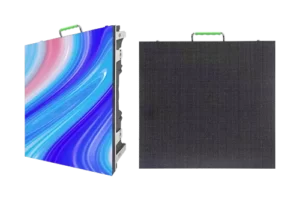


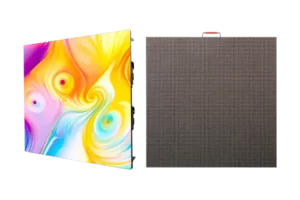
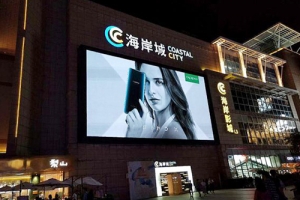


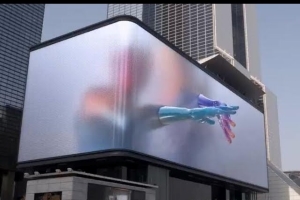
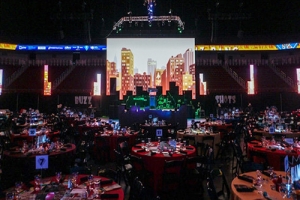

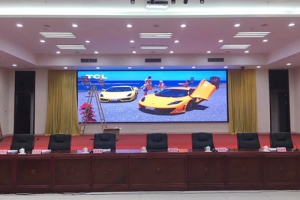
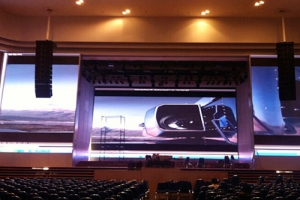
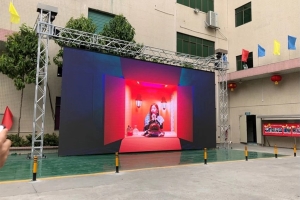
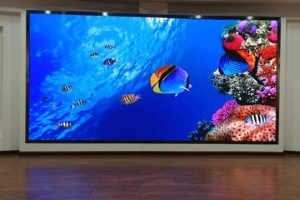
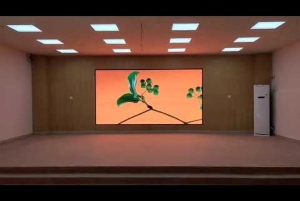
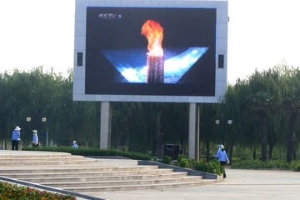


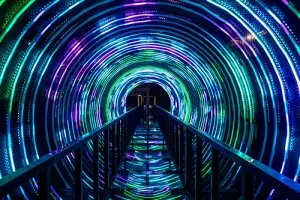


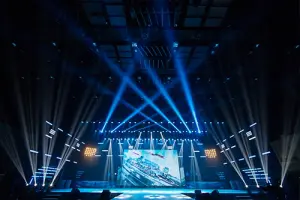
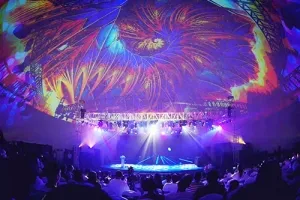
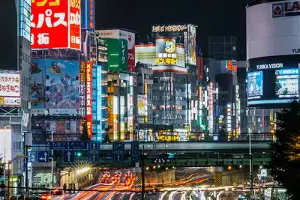
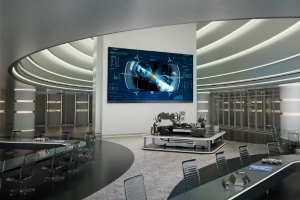



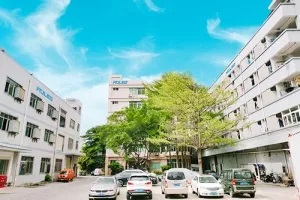


 Language
Language 




